Ever dreamed of drifting to sleep amid the desert’s shifting sands? Fancy following in the footsteps of Lawrence of Arabia? Pocket-sized Jordan is an Arabian gem, situated in a gnarly neighbourhood of nations, wracked by turmoil and terror. But my initial apprehensions about travelling to this lovely little Arab country fast faded on arrival, given the disarming warmth and welcome of the people, and the ever-present sense of stability.

For an unrivalled experience with the soul of this country, I ventured south from Amman to Wadi Rum, a spectacularly scenic desert valley; a maze of mesas, a place of legend, steeped in history, heroism and more recently, Hollywood fame.
This dramatic desert wilderness lies on an ancient trading route to the Arabian Peninsula. It comprises one of the classic landscapes of the Middle East, where towering monoliths of sandstone, basalt and granite emerge, sheer-sided, from wide sandy valleys, thrusting skyward to heights of 1700 metres.
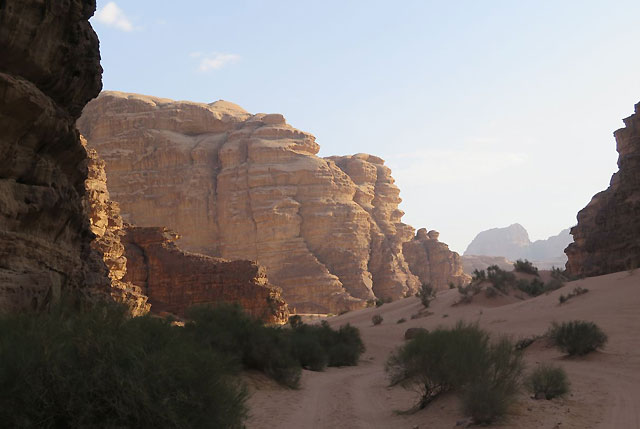
Narrow canyons and fissures cut deep into the mountains, with many concealing ancient rock drawings etched by desert dwellers over millennia. Wind and water has eroded and sculpted many of the striking rock formations and precarious rock bridges that add even more theatre to the valley.
Maybe I was falling prey to the ferocious desert heat, but I saw all manner of shapes exquisitely rendered in rock, from ostrich heads to alligators. There are a variety of landmarks within Wadi Rum that you’ll want to tick off, none more so than the Seven Pillars of Wisdom.
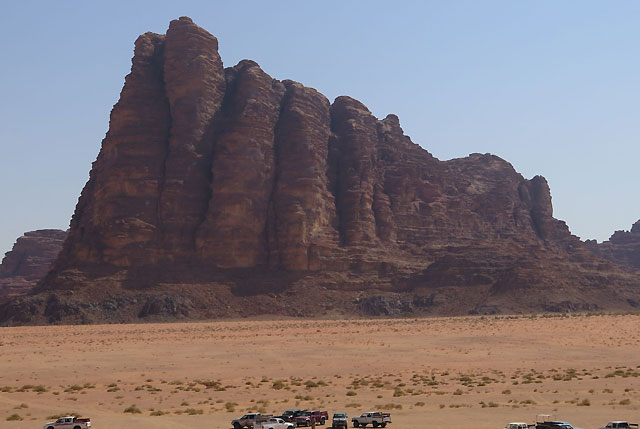
Taking its name from T E Lawrence’s autobiography, this stirring landmark, a caramel-coloured monolithic rock creased into seven gargantuan folds, backdrops the Wadi Rum visitor’s centre. I loved exploring Jebel Khaz’ali, a narrow canyon containing numerous rock carvings of people and animals, dating back to the Nabatean kingdom, over 2000 years ago. In the short canyon of Siq Um Tawaqi, a rock carving of the head of T E Lawrence adds a touch of Mt. Rushmore magic to Wadi Rum.
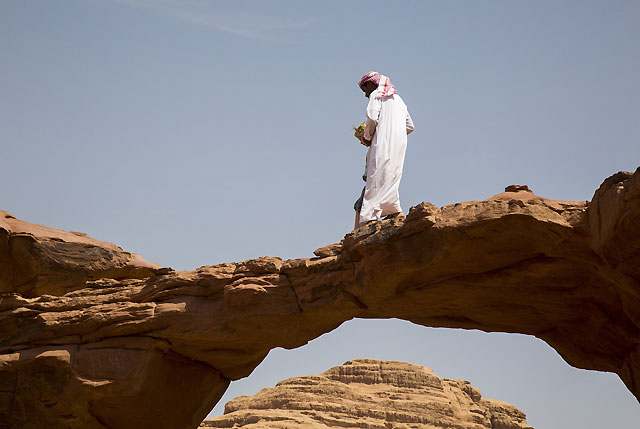
I was led to Lawrence’s House, a crumbling stone structure, built on the remains of a Nabatean building. It’s another beautiful spot in the desert, although no one seems sure that Lawrence actually stayed here, or whether it was just a storehouse for his weapons. Still revered here, Lawrence of Arabia was of course the British army officer who heroically united rival desert tribes and led them to war against the Ottoman Empire, crushing the Turkish and German forces. T E Lawrence fell in love with Wadi Rum and his autobiography poetically encapsulates the soul-rinsing beauty of the area. “Vast, echoing and godlike”, he wrote.
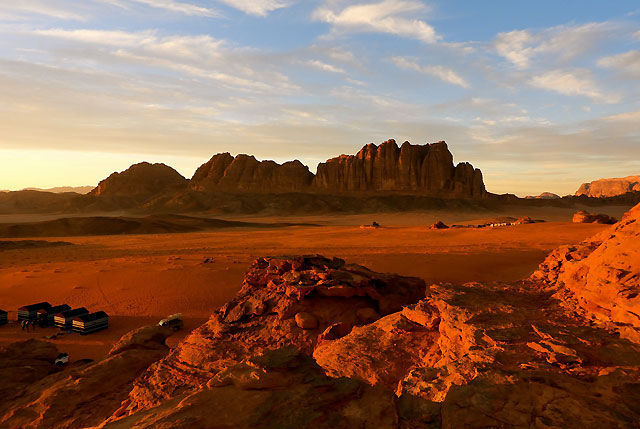
Rendered silent by Wadi Rum’s “stupendous hills”, I was too. Another enchanting encounter is to sprawl out on the sandy blanket of the desert dunes, at the confluence of red and white sands. Like the rocks, the colour chart spans caramels, reds and oranges in the playful shifting light of the sun. Needless to say, spectating a sunset in Wadi Rum is what spiritual experiences are all about. Ever since Hollywood rocked into the desert to film Peter O’Toole’s 1962 epic, Lawrence of Arabia, the movie industry’s love-affair with the landscape has endured. In 2000, two thrillers were shot here, Red Planet and Mission to Mars, and four years ago, Matt Damon’s Oscar-nominated hit, The Martian.

Gazing across the richly coloured vastness of the desert and delighting in the soaring cliffs and other-worldly rock formations, it’s readily apparent why Wadi Rum remains a trusty stunt-double for the rich red hues of Mars. In addition to the romance and solitude of the landscape, an added treat in Wadi Rum is connecting with the culture of the Zalabia Bedouin. They are the descendants of the tribesmen who joined Lawrence in driving the Ottomans and Germans out of the region. They refer to call Wadi Rum, the Valley of the Moon, and it’s still home to 5000 of them, many who maintain a semi-nomadic lifestyle.
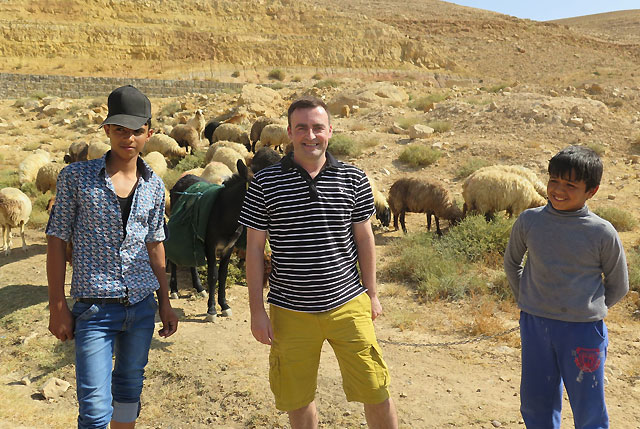
Traditional goat-hair tents speckle the landscape, as they have for 2500 years. Most Bedouin now live in Rum village with their goat herds, as the Zalabia tribe is largely responsible for providing tourism services in this protected wilderness area.
Throughout the year, most tribe families will head into the desert for a while, with their flock of livestock, to reacquaint themselves with their wandering roots. I spent a day in the desert with a charming and hospitable Zalabia family. Their Bedouin “house of hair” provided welcome respite from the desert heat – a long, low tent hand-woven from dark goat’s hair. Akmed, the father, remarked that his family often spend the weekend in the desert, as he is anxious to keep his beautiful and inquisitive young children grounded in tradition.
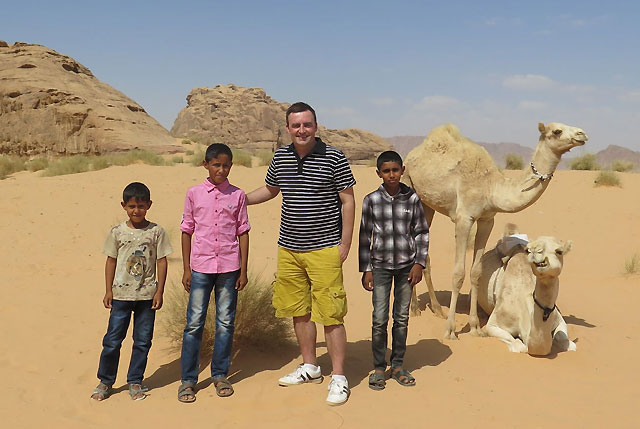
Using Booking.com, I locked in a flavourful desert stay at Sun City Camp. My tent was surprisingly well equipped with contemporary comforts, a flushing toilet and electricity. But the real draw was the silence and the unspoilt, horizon-searching desert vistas that I drooled over long into the night and at the dawn of day, in tented comfort. The evening dinner experience was enchanting, with traditional Bedouin music and dancing, preceding the buffest meal. From Sun City, a variety of transportation options zip you into the wondrous nooks and crannies of Wadi Rum. Some terrain is certainly more conducive to the 4WD excursions, including a fantastic ride through the main canyon synonymous with T E Lawrence.
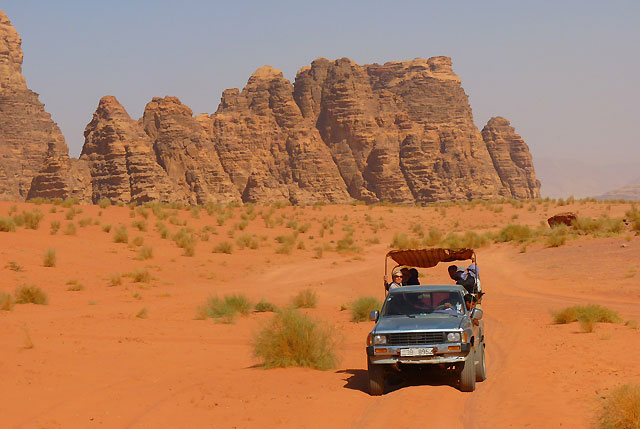
But nothing beats the timeless romance, loping across the desert on a camel, as you soak up that “vast, echoing and godlike” scenery. Global research commissioned by Booking.com signals that one of travels biggest trenders for 2020 will be far more focus on choosing holiday destinations that offer a wide array of enriching experiences and attractions in close proximity to each other. 54% of research participants will be prioritising that as a key destination attribute in 2020. Jordan ticks that box, handsomely. www.booking.com

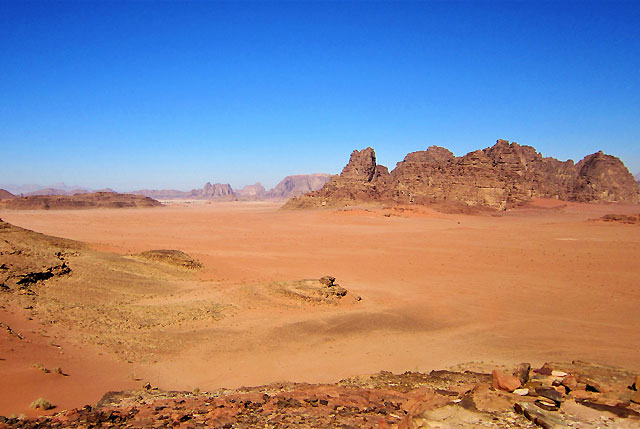

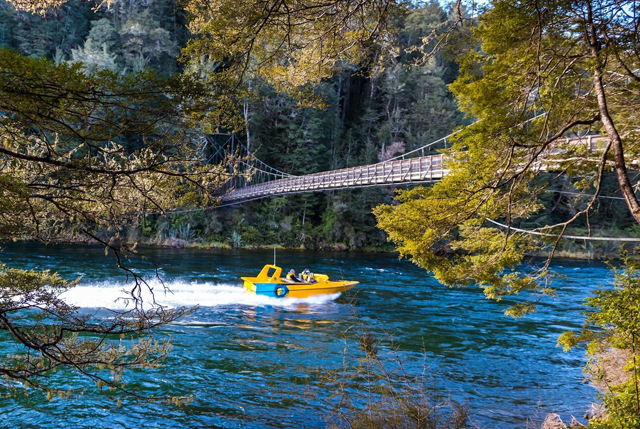
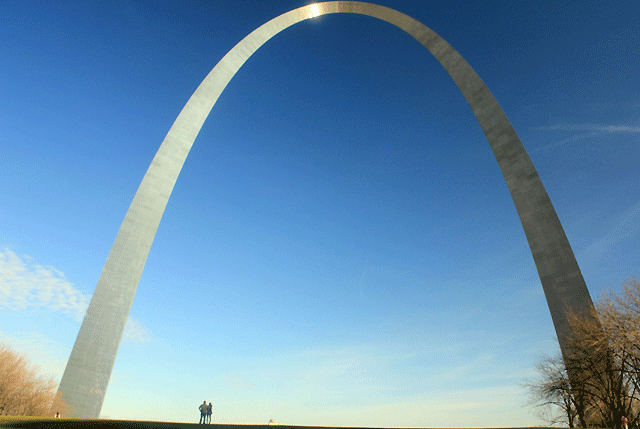
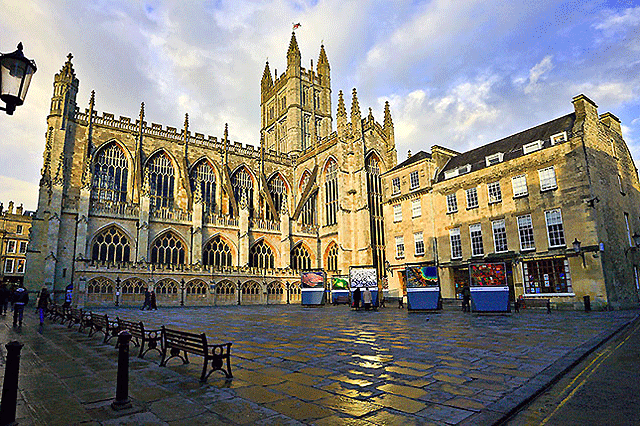
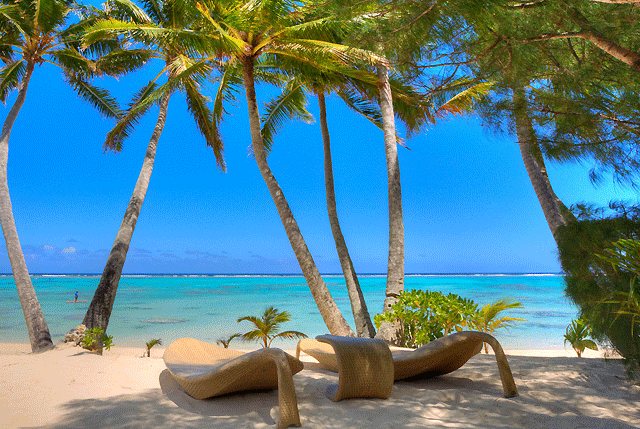
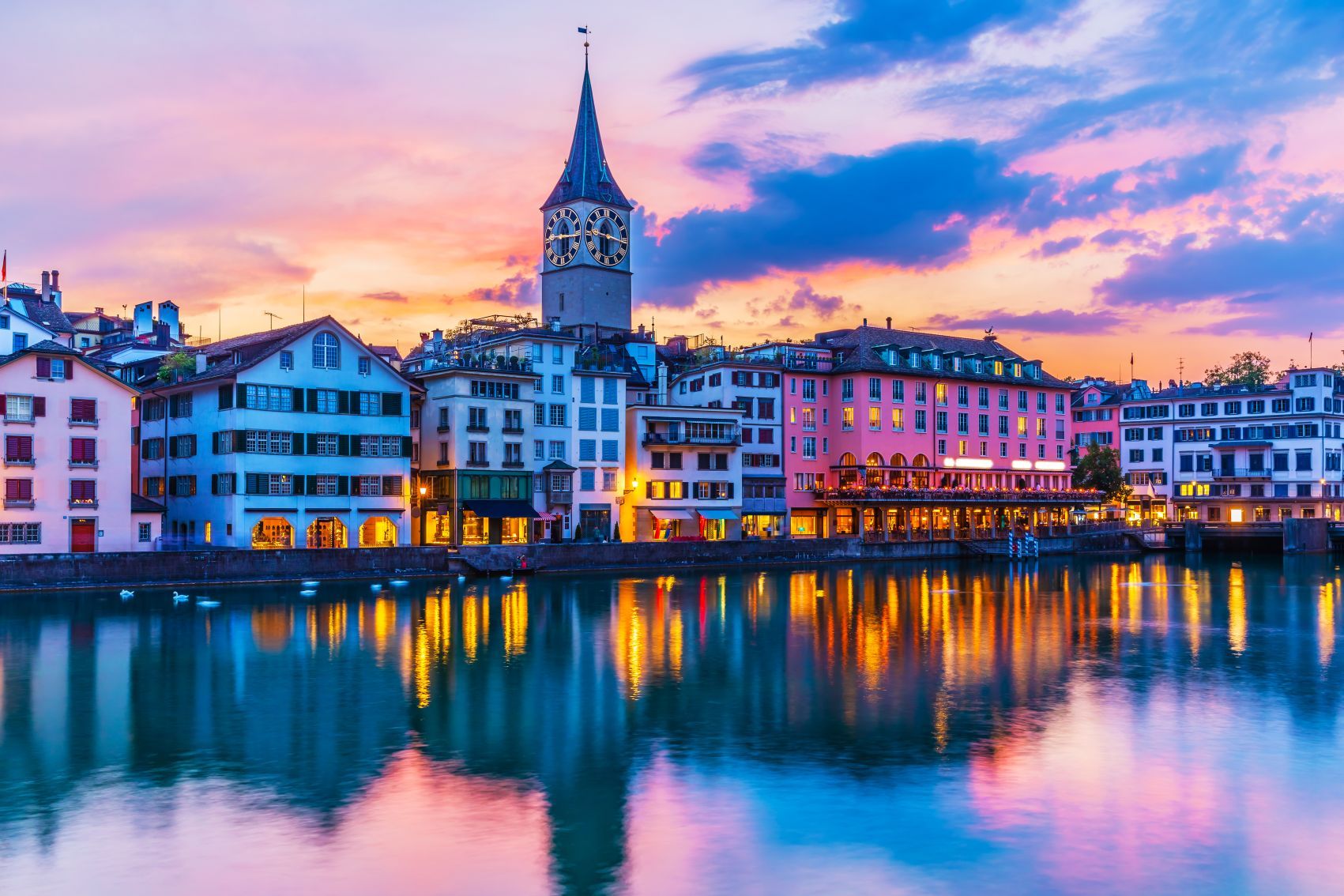
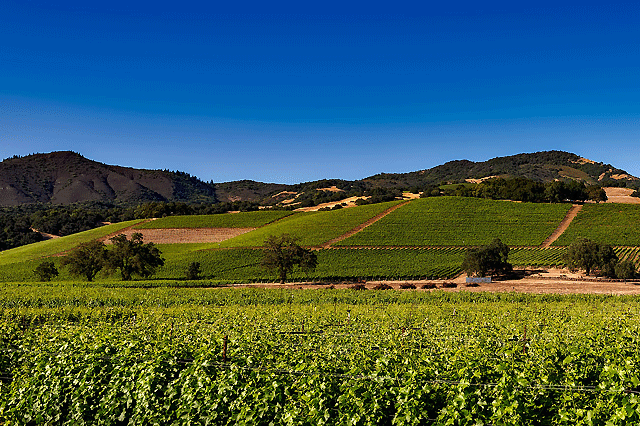
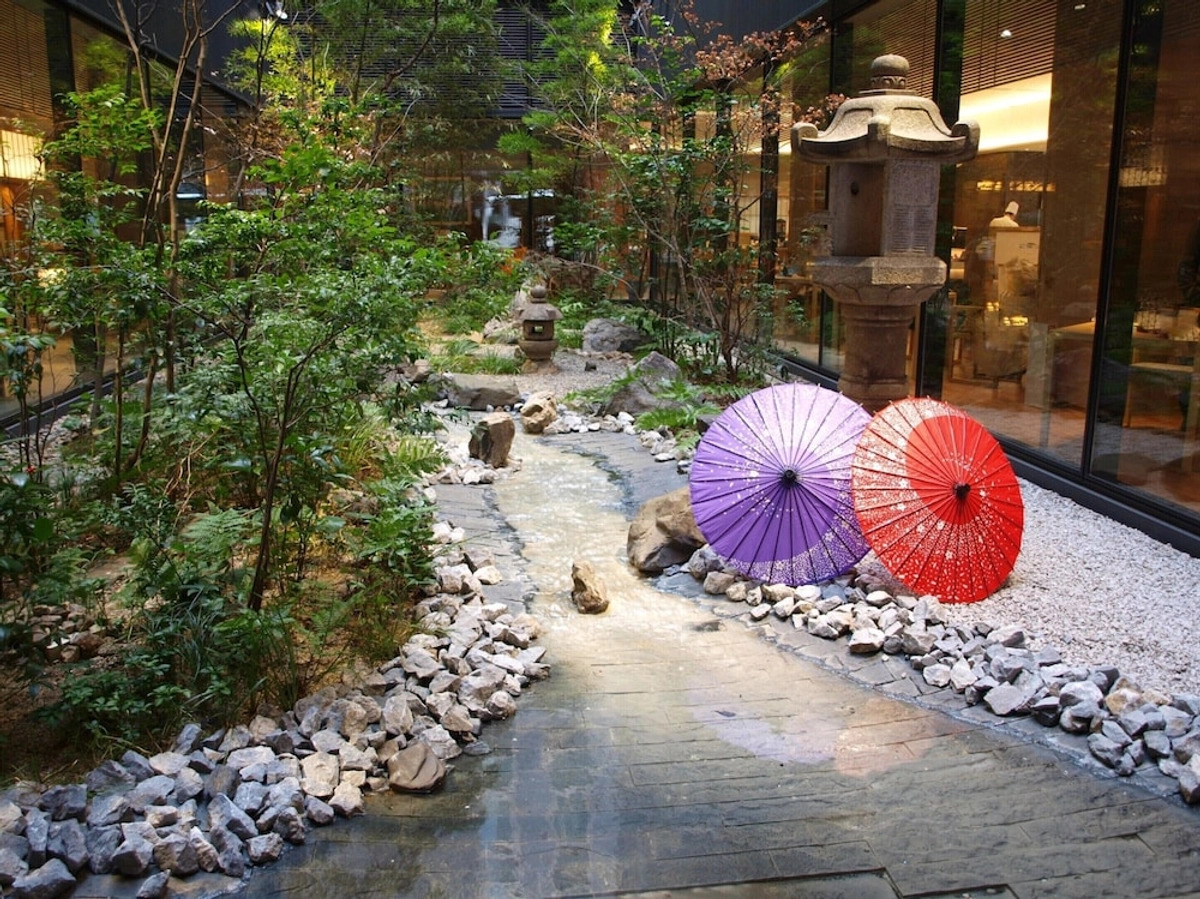



Recent Comments